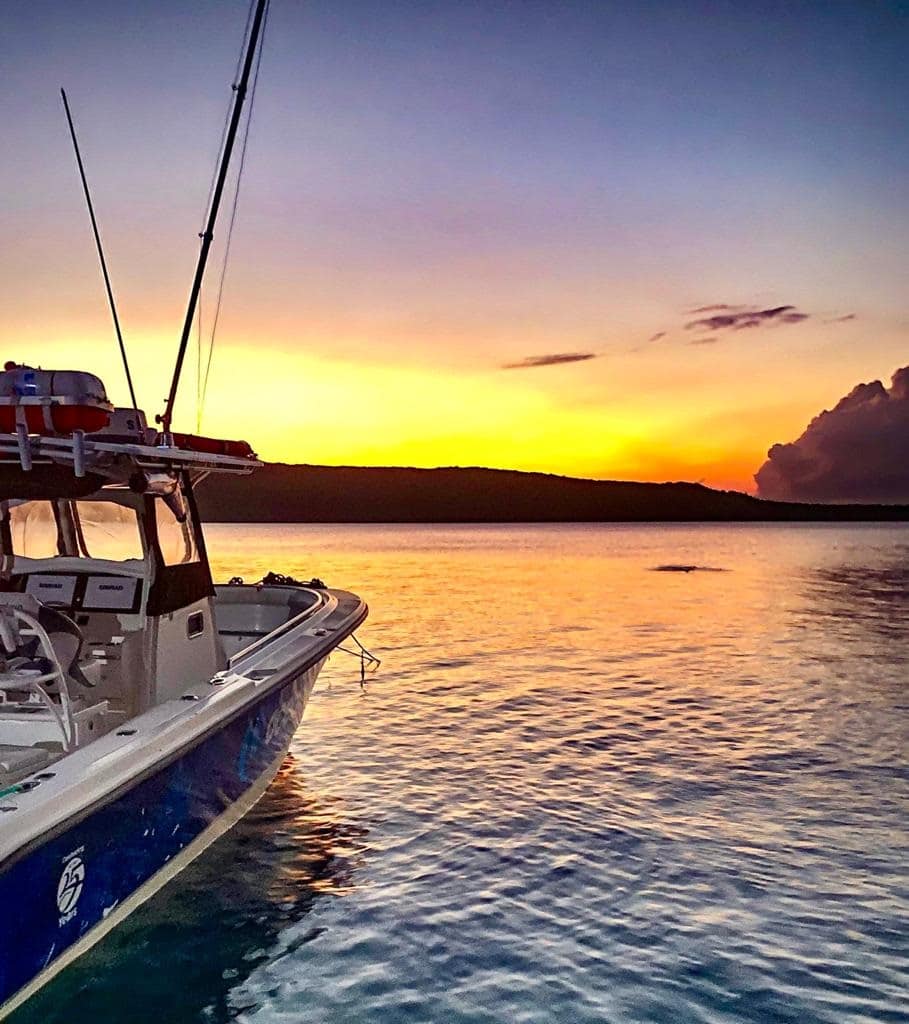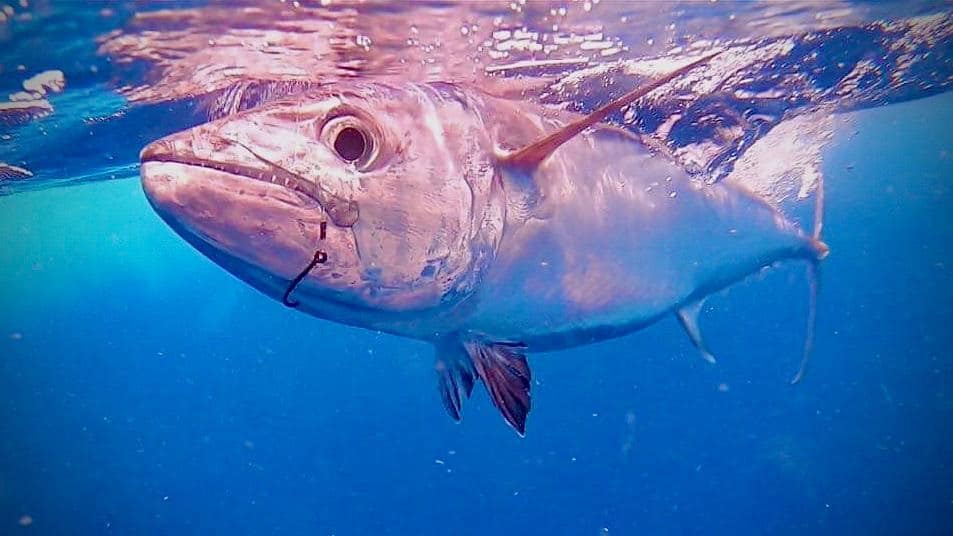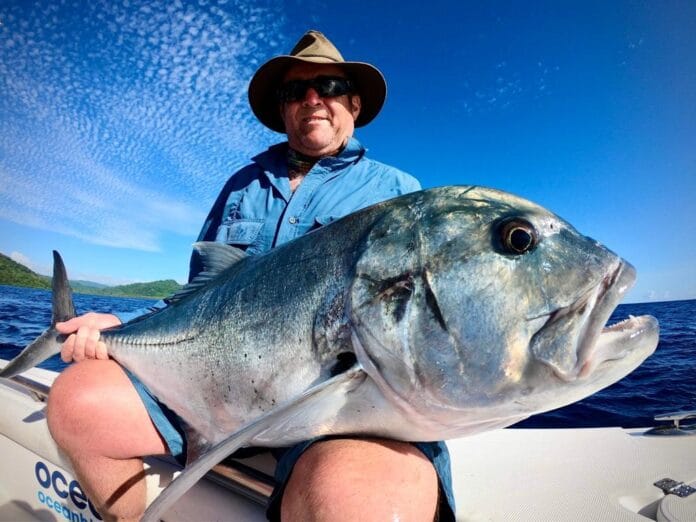May it be for work, parenting, emergency situations and even angling, creating mental models by advanced forecasting, storytelling or just imagining ourselves in different scenarios can put us firmly in charge of unexpected and surprising situations. Here’s how.Have you ever imagined yourself on the front deck of a boat battling a 60kg Giant Trevally while the guide tries to maneuver the boat away from shallow reef and sharp coral? Or maybe at the back deck with your body harness strapped onto a 50w Tiagra on stand-up tackle hooked up to a grander blue marlin? These are some scenarios to imagine yourself in while the boss is spitting gibberish about last month’s sales numbers. “Arms stretched out nicely with my elbows locked. Gimbal at the perfect place due to a great fit. And great shorts selection. My butt looks great from here!”. Surprising at it may seem, but the simple act of thinking what the stance “should” look like, allows us to shine the spotlight on this specific mental model when we finally hook up to this fish of our dreams.
Building mental models, daydreaming, mental practice, are traits that are found in some of the most successful and productive people working in places where a bombardment to the senses is the norm. In the late 1980’s, a group of psychologists explored why some people seem to stay calm and focused amid chaotic environments while others became overwhelmed. This study was utilized by a business that wanted to know why some employees made such good choices amid time pressures, deadlines and stress, while others became distraught. They also wanted to know if they could train people to get better at making the right decisions even at the worst possible scenarios.
“Mental models provide a support structure for the constant heavy flow of information surrounding us daily and when out angling.”
A team of psychologists interviewed a wide range of professions: Firefighters could look at burning structures and they knew where to focus their water jets and knew when and how to evacuate premises. Soldiers could tell you which parts of the battlefield were more likely to have an ambush setup and where to best focus an attack. But when asked to explain their decisions, they all chalked it up to intuition.
These jobs require years of rigorous training and experience in order to be able to make the right decisions amid chaos and disaster but the act of creating mental models are also key to why they are able to do things the way they do. Firefighters, military personnel, and even nurses go through endless drills and training exercises during the early stages of their career. They were taught what a normal and safe situation looks like, how a normal baby should look and act, which path is safe to walk through in the battlefield. Solid mental models that your mind’s light to look back to when chaos occurs allows you to have something to work with instead of relying on your reactive reflexes that may work at times but usually will cause more misery than success. Some ways to apply this practice in our fishing lives is by creating mental models on how a perfect fishing day should go about or how you are able to trailer your brand-new 32-foot center console perfectly from point a to point b. A mental model of a perfect 60-foot double haul with a 12-weight fly rod into a brutal headwind with pinpoint accuracy. Your imagination will be the only limiting factor of the mental models you can create for your mind’s light to focus on depending on different scenarios.
Some ways to apply this practice in our fishing lives is by creating mental models on how a perfect fishing day should go about or how you are able to trailer your brand-new 32-foot center console perfectly from point a to point b. A mental model of a perfect 60-foot double haul with a 12-weight fly rod into a brutal headwind with pinpoint accuracy. Your imagination will be the only limiting factor of the mental models you can create for your mind’s light to focus on depending on different scenarios.
Obviously, we are talking about angling here and we won’t be saving lives of innocent babies soon (maybe later when they are old enough to fish) so take my opinions with a grain of salt. Let’s now go back to the fishing scenarios we started off with: A grander marlin, a fish of a hundred lifetimes finally takes the bait. You’ve rehearsed this in your mind during office meetings for years. You know where the reel safety snaps are located on the harness, so you lock your reel in as smooth as a Jedi knight sheathes his light saber. You know how to use your legs and how to bend them to achieve maximum load while being comfortable and not putting any stress on your back and arms during the fight. You’ve already narrated the story to yourself countless times and you know exactly how to move your rod when the big blue leaps out of the water creating a brutal splash so big it pushes waves over the transom and sprays droplets in the air producing the most beautiful rainbow you’ve ever seen. You’ve basically thought out every scenario that can happen during your fight of a lifetime and how to react accordingly. The mental light in your head is shining on all the right mental models at the right times. Color. Decky is leadering in the fish. Skipper yells at the top of his lungs. You lean over the gunnel to grab the bill with both hands. You look into the camera for a quick photo. You let go of the bill and watch the big blue swim back down into the deep blue. Oh yeah. Creating mental models are awesome. Create your own now.
You’ve basically thought out every scenario that can happen during your fight of a lifetime and how to react accordingly. The mental light in your head is shining on all the right mental models at the right times. Color. Decky is leadering in the fish. Skipper yells at the top of his lungs. You lean over the gunnel to grab the bill with both hands. You look into the camera for a quick photo. You let go of the bill and watch the big blue swim back down into the deep blue. Oh yeah. Creating mental models are awesome. Create your own now. The book “Smarter Faster Better” by Charles Duhigg inspired me to write this article. The book has plenty of inspiring ways and methods all of us can practice in order to become more productive in work, leisure and life in general. The mental model chapter hit me hard and I just had to share with you all how this dream or this story that you have had in playback in your head can be the most important in terms of preparation for a fishing trip you can ever have. When the situation calls for it, you know you have your mental models saved in your memory bank.
The book “Smarter Faster Better” by Charles Duhigg inspired me to write this article. The book has plenty of inspiring ways and methods all of us can practice in order to become more productive in work, leisure and life in general. The mental model chapter hit me hard and I just had to share with you all how this dream or this story that you have had in playback in your head can be the most important in terms of preparation for a fishing trip you can ever have. When the situation calls for it, you know you have your mental models saved in your memory bank.
All that’s left to do now is make your imaginations come true by booking a Vanuatu fishing trip with us and catch that fish of a lifetime! Check our available Vanuatu fishing trips or contact us and let us know how we can customise the best fishing trip for you.




